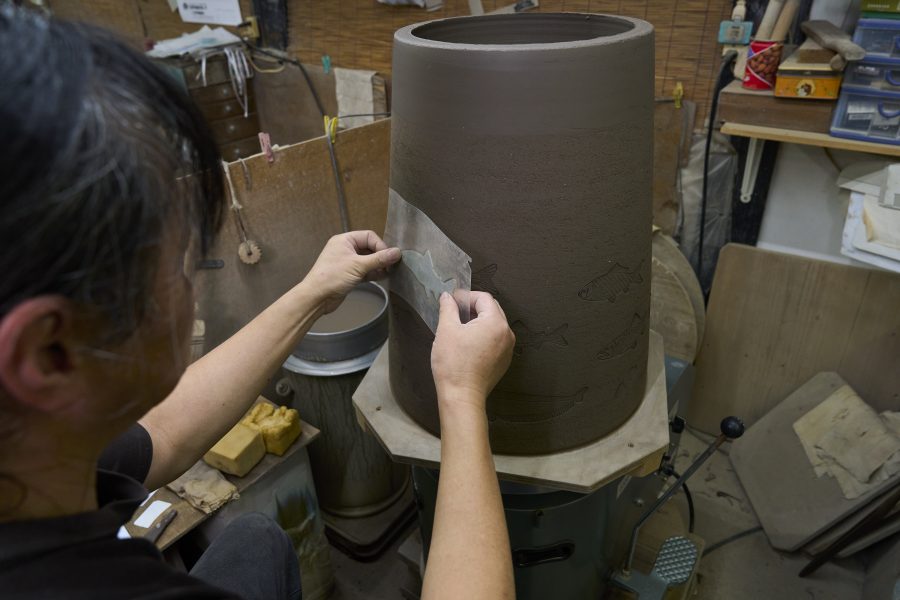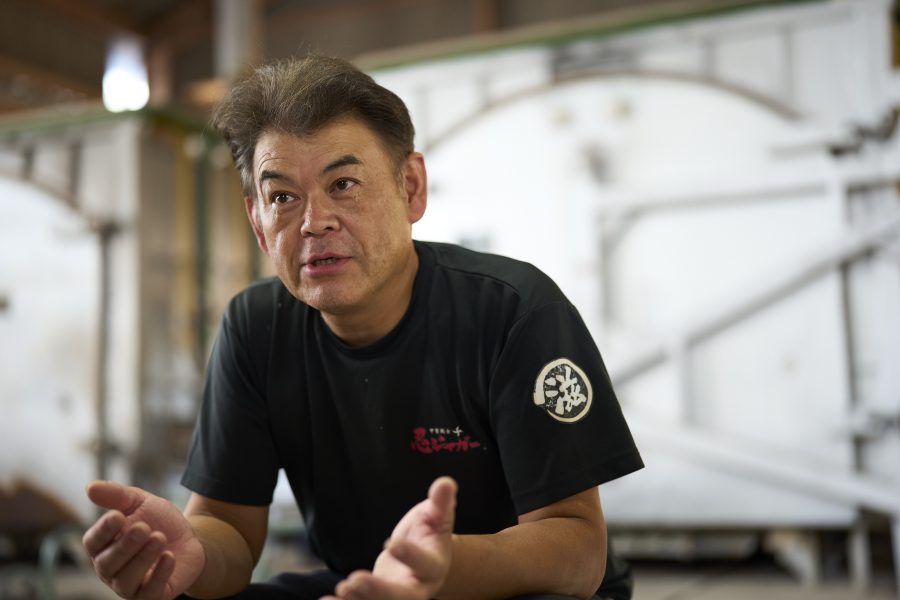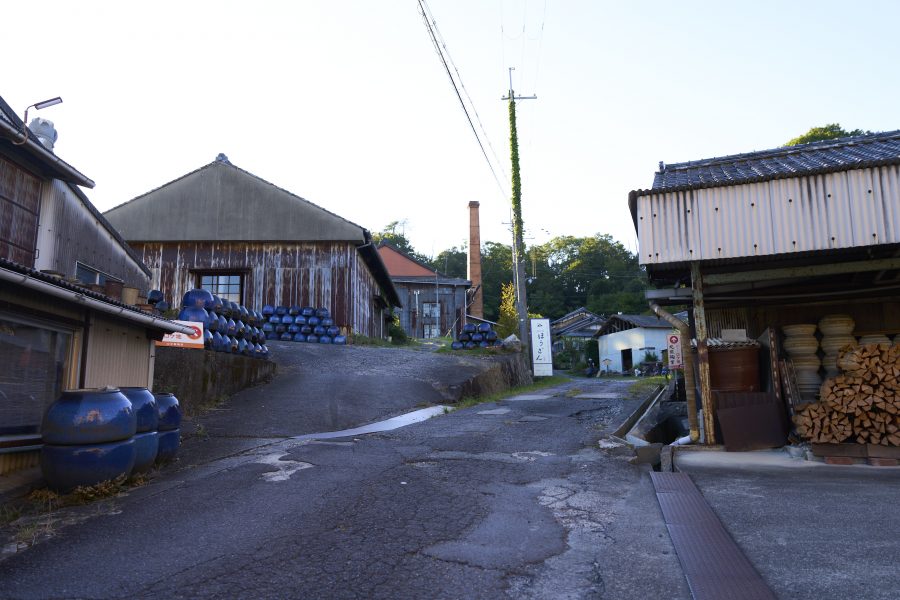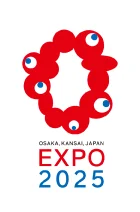
Shigaraki (Koka City, Shiga Prefecture) is one of the Six Ancient Kilns in Japan, which is the Japanese heritage. Its texture that does not degrade with the times has been impressing many people. Shigaraki participated in the Expo ’70 and the Expo ’90 (the International Garden and Greenery Exposition), and this time, they will pursue “the creation of a pottery culture based on recycled resources and digital technologies for designing the future Shigaraki” in the Co-Design Challenge. Incorporating the forerunners’ ambitions, they will build a road to the future. All craftsmen in “the home of pottery based on earth and flames” will join hands, to breathe new life into the industry.
The area is located at the southern end of Shiga Prefecture, and is surrounded by mountains. Potteries are scattered along narrow alleys, and the ascending kilns and brick chimneys have a retro feel. It is difficult to imagine from the peaceful rural landscape, but this area used to be under an ancient lake, from which Lake Biwa originates, a long time ago. The sediment, remains of animals and plants, etc. accumulated on the bottom of the lake from about 4 million years ago to 430,000 years ago formed a geological layer called the Ancient Lake Biwa Stratum, from which high-quality clay suited for pottery can be obtained. It is said that the history of Shigaraki ware began in the mid-Kamakura Period, using the earth as “a blessing of Lake Biwa.”
Producers were faced with the challenge of recycling waste in addition to the effective utilization of the earth that supports Shigaraki ware. The producers who have the experience of participating in a world exposition were motivated to participate in the Expo 2025 Osaka, Kansai, Japan and discussed initiatives for the Co-Design Challenge. Then, the Association of Shigaraki Ceramic Company came up with the idea of “developing clay for pottery by blending recycled resources with conventional raw materials.” It can be called “hybrid clay for the Expo.” They decided to bring a table stool of Shigaraki ware made of the hybrid clay to the venue of the Expo. Production was entrusted to “Marushiseito,” which has a track record and a reputation for large-sized earthenware.
The development of new clay for pottery is an almost unprecedented endeavor even for the association whose mission is “to preserve the earth and flames of Shigaraki.” Discarded pottery fragments and other materials are pulverized to produce porcelanic and alumina powders, and they are kneaded and blended with the earth of Shigaraki. They adjusted the blending ratio so as not to degrade the texture of Shigaraki, and created a new clay for pottery with large-sized blending and kneading machines. The earth of Shigaraki accounts for about 40%, and the remaining portion is composed of recycled materials, etc. This project not only led to the utilization of resources, but also unexpectedly improved the percentage of contraction and strength, which are important elements for producing large-sized earthenware.
“There is pressure, but I will compete by using our kiln suited for producing large-sized products as representative of Shigaraki,” says Masayuki Imai of Marushiseito with determination. The earth in which producers put their hopes has been brought to him. They aim to disseminate “SHIGARAKI” around the world. His expression, which is normally gentle, became serious.


Share this article


